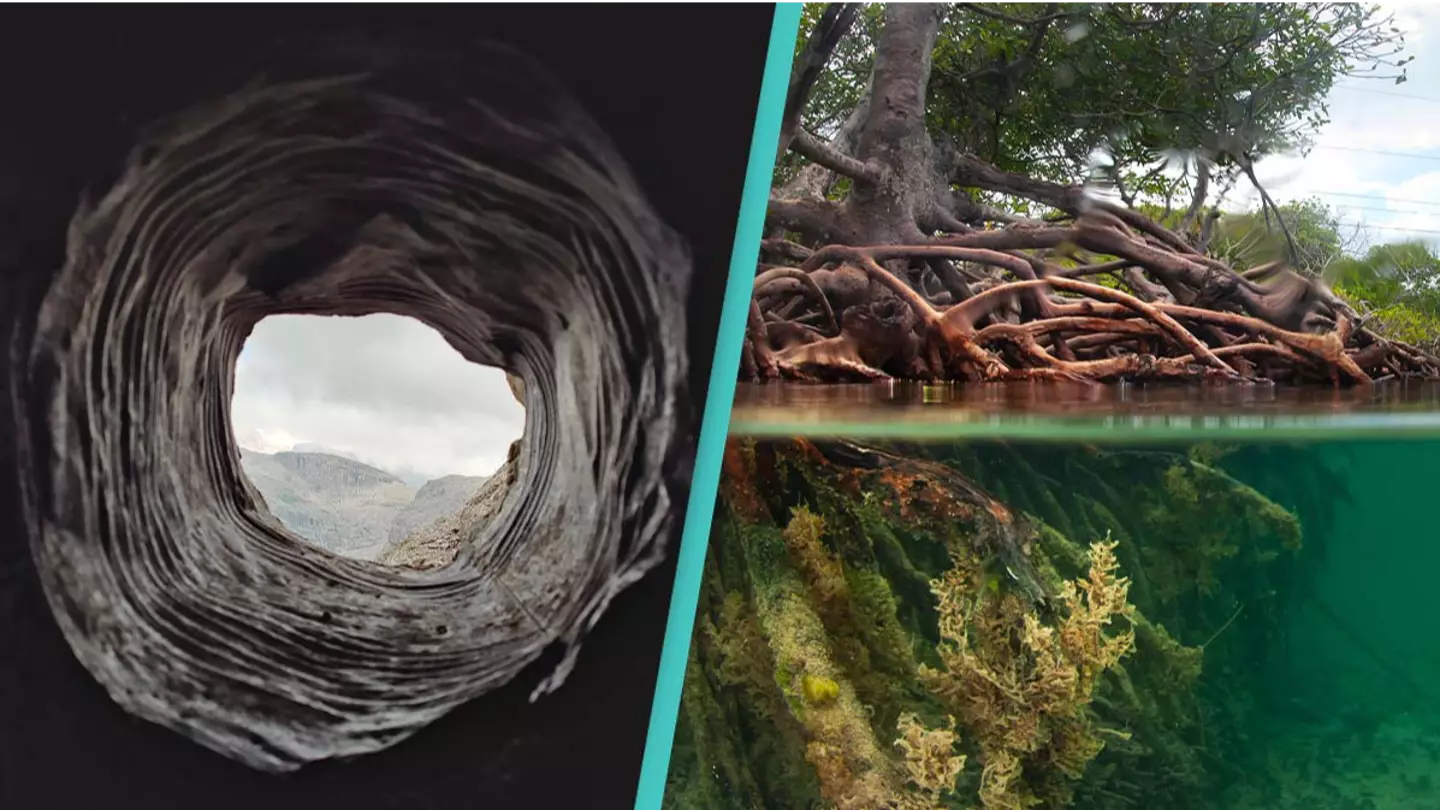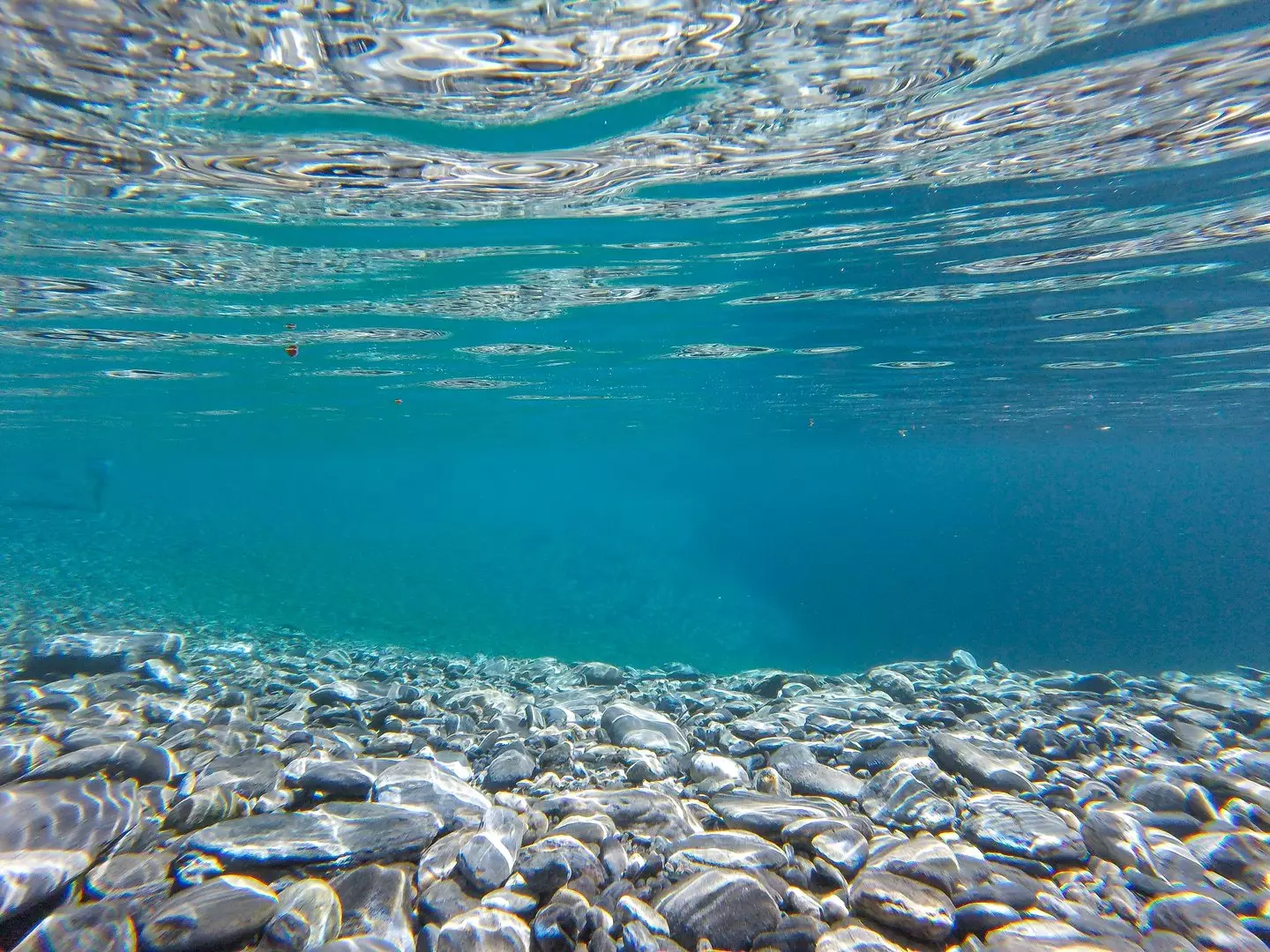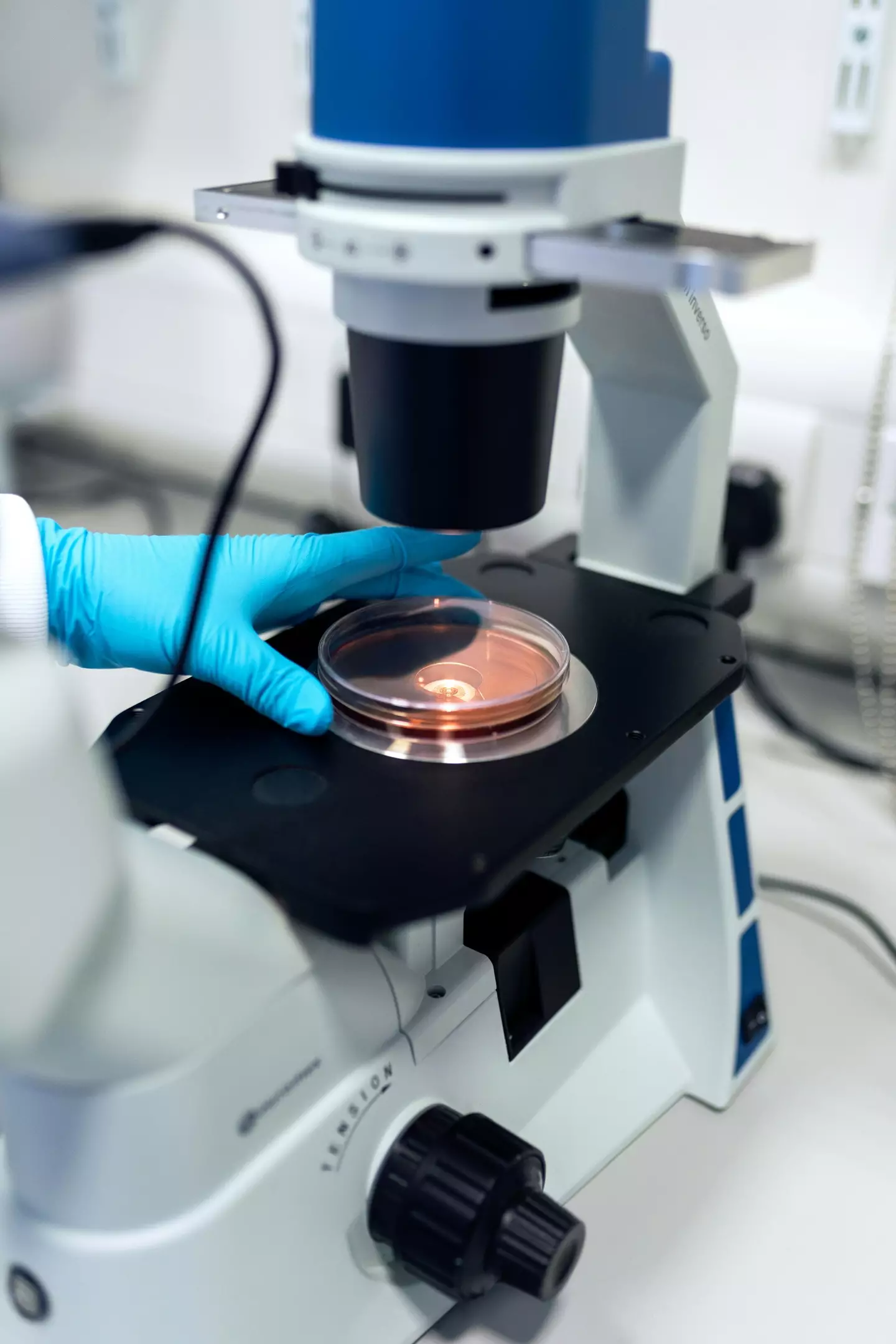
Scientists have revealed 'transformational discoveries' made within Earth's subsurface of a completely different ecosystem.
A team of scientists from the Deep Carbon Observatory dug within the Earth's subsurface and made a shocking discovery, finding there's an 'immense' amount of carbon but also some 'barely living zombie bacteria'.
Prepare for your mind to be blown...
The Deep Carbon Observatory team revealed the findings at the American Geophysical Union's annual meeting in 2018.
Advert
The team explained it drilled 2.5-5km into the seafloor and took samples of 'microbes from continental mines and boreholes more than 5 km deep' from under multiple different continents and seas.
From this, the scientists constructed models of the 'deep biosphere' lying beneath the Earth's surface which they believe to be around two to 2.3 billion cubic km.
Led by Cara Magnabosco of the Flatiron Institute Center for Computational Biology, New York, and an international team of researchers, the investigation also found that the 'subtarranean Galapagos' is dominated by two types of microbes - bacteria and archaea - which 'constitute' 15 to 23 billion tons of carbon - '245 to 385 times greater than the carbon mass of all humans on the surface'.

But what does this all actually mean?
Advert
Well, understanding the ecosystems in Earth's subsurface and how they've 'evolved and persisted over millions of years' can help scientists understand 'why life emerged on our planet and whether life persists in the Martian subsurface and other celestial bodies,' Japan Agency for Marine-Earth Science and Technology's Fumio Inagaki explains, as quoted by Science Daily.
Karen Lloyd from the University of Tennessee at Knoxville, USA, reflects ten years prior to the discovery, researchers knew 'far less about the physiologies of the bacteria and microbes that dominate the subsurface biosphere'.

In comparison, today, the discovery has informed scientists that 'subsurface life is common' and they have 'ultra-deep sampling' which they know they can source 'pretty much everywhere'.
Advert
Co-chair of DCO's Deep Life community and member of the Martine Biological Laboratory Woods Hole, USA, Mitch Sogin adds: "Exploring the deep subsurface is akin to exploring the Amazon rainforest.
"There is life everywhere, and everywhere there's an awe-inspiring abundance of unexpected and unusual organisms."
However, the investigation has also revealed the massive grey areas and need for further analysis.

Sogin continues: "Molecular studies raise the likelihood that microbial dark matter is much more diverse than what we currently know it to be, and the deepest branching lineages challenge the three-domain concept introduced by Carl Woese in 1977.
Advert
"Perhaps we are approaching a nexus where the earliest possible branching patterns might be accessible through deep life investigation."
Oregon State University's Rick Colwell notes there is still 'much yet to learn about subsurface life' such as scientists not yet knowing 'all the ways in which deep sub-surface life affects surface life and vice versa'.
He resolves: "For now, we can only marvel at the nature of the metabolisms that allow life to survive under the extremely impoverished and forbidding conditions for life in deep Earth."
Topics: Environment, Science, World News